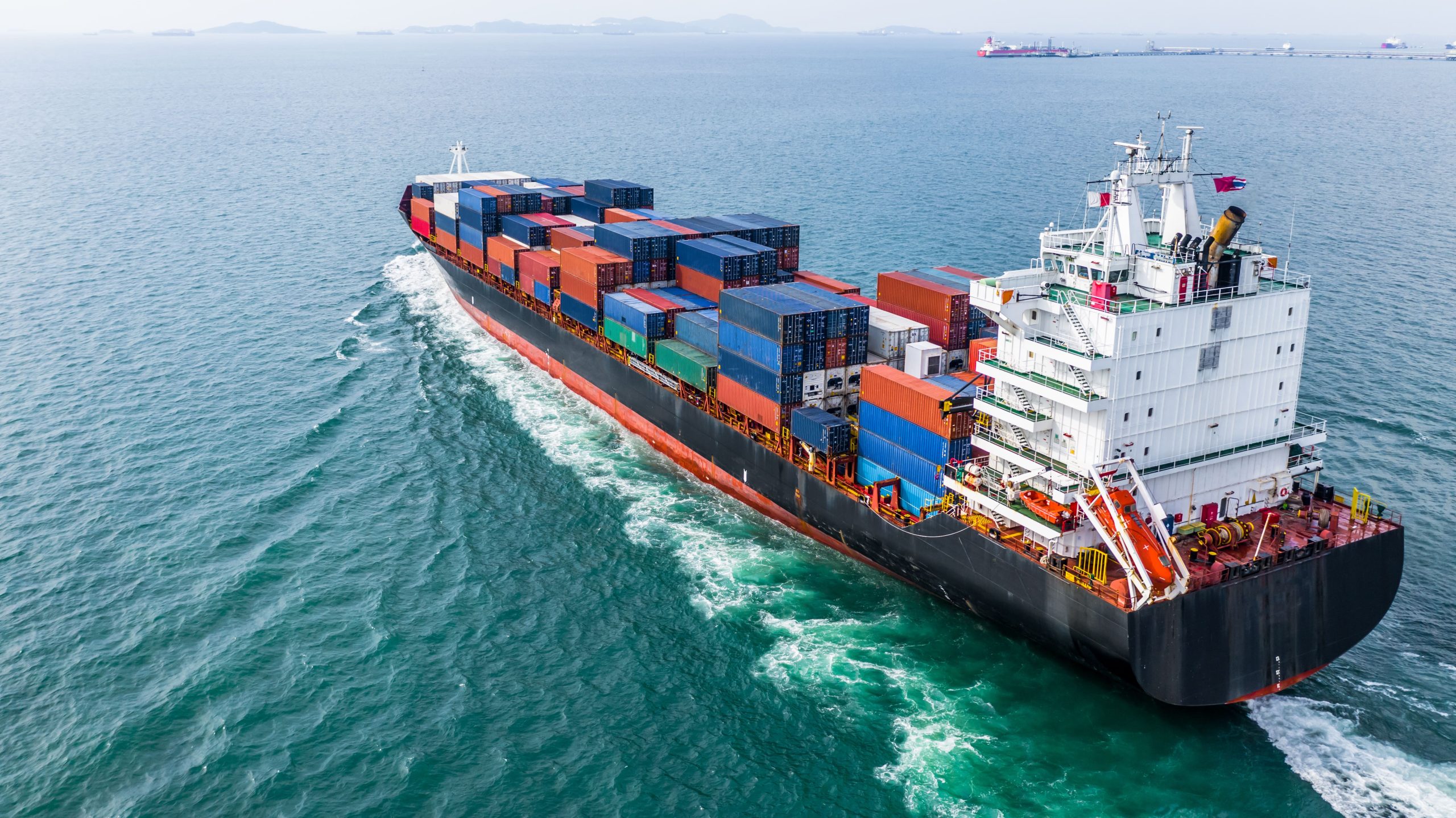Global South To Provide Hydrogen for Shipping

Countries in the Global South have the potential to play a vital role in decarbonising the shipping sector, a recent report suggests.
Charting a course to a greener future for shipping, a May 2023 report by Trafigura, estimates that the Global South could produce up to 4000 exajoules of green hydrogen per year. This would more than cater for the projected annual shipping demand of 20 to 40 exajoules.
Nations including Argentina, Brazil, Chile, Colombia, Egypt, and Morocco have access to abundant sources of renewable energy that could be utilised in the production of green hydrogen, the report explains.
Margaux Moore, co-author and Head of Energy Transition Research and Venture Investments at Trafigura, said: “This could provide developing countries with the chance to develop new export industries and create thousands of skilled jobs.
“It will, however, only be realised if the shipping industry can agree on ambitious decarbonisation targets and, crucially, implement a global price on carbon for marine fuels.”
Low-emission fuel production in the Global South could facilitate a change in climate targets
Currently, 3 per cent of global greenhouse gas emissions are attributed to shipping, and the industry has set a goal of half the emissions baseline recorded in 2008 by 2050.
However, the report argues that this goal is not ambitious enough to address the climate challenge we face today.
The answer, according to the report, lies in the industry-wide adoption of low-emission fuels, made possible by policy changes.
Production of green hydrogen is largely possible in countries well positioned to harness solar and wind energy and with the land capacity to accommodate production.
Furthermore, production in the Global South is more cost-effective. Electrofuels, which the report defines as fuels derived from green hydrogen, are estimated to cost between US$1,200 and US1,500 per tonne when produced in Europe, due to higher electricity prices. In the Global South, however, the estimated production cost is approximately US$750 per tonne.
As well as cutting carbon emissions and keeping costs down, this potential to produce electrofuels for the shipping sector could provide developing countries an opportunity to develop new export industries and create thousands of jobs.
Industry-wide decarbonisation requires a confidence boost in alternative fuels
By the end of the decade, the report estimates a significant demand for low-emission fuels. This, it is predicted, will instil confidence in the shipping sector to invest in decarbonisation efforts, with shipbuilders, owners, and project developers looking towards switching to low-emission fuels.
To accelerate this change, the International Maritime Organisation must, the report insists, implement ‘ambitious, science-based’ decarbonisation targets in its revised GHG Strategy, which will, in turn, promote the development and adoption of low and zero-emission fuels.
This will attract further investment, priming the global shipping industry for the overhaul of its current infrastructure, as well as retrofitting or building a fleet of ships.
Rasmus Bach Nielsen, Global Head of Fuel Decarbonisation at Trafigura and co-author of the report said: “Delaying action will only add to the eventual cost of decarbonisation.”
The IMO needs to decisively move forward to tackle the shipping industry’s emissions and start the journey to a sustainable and resilient future.
Ultimately, the report makes the case for more ambitious climate targets, including the introduction of a carbon price by 2025, and a goal of zero emissions by 2050 facilitated by policy changes.

